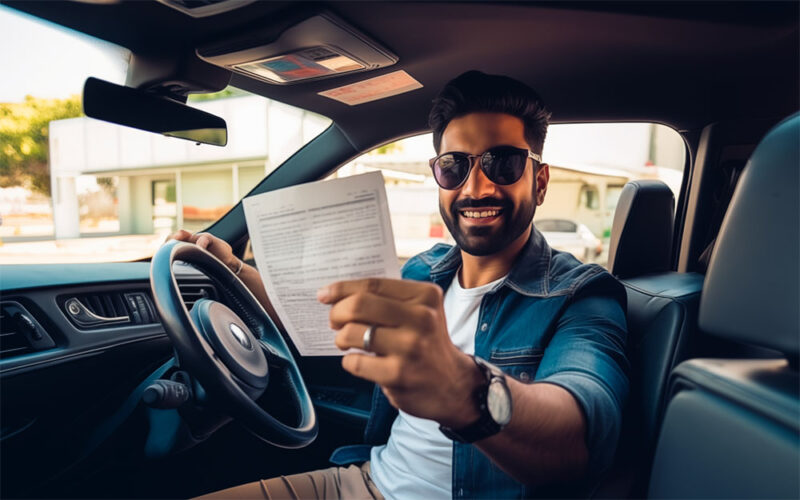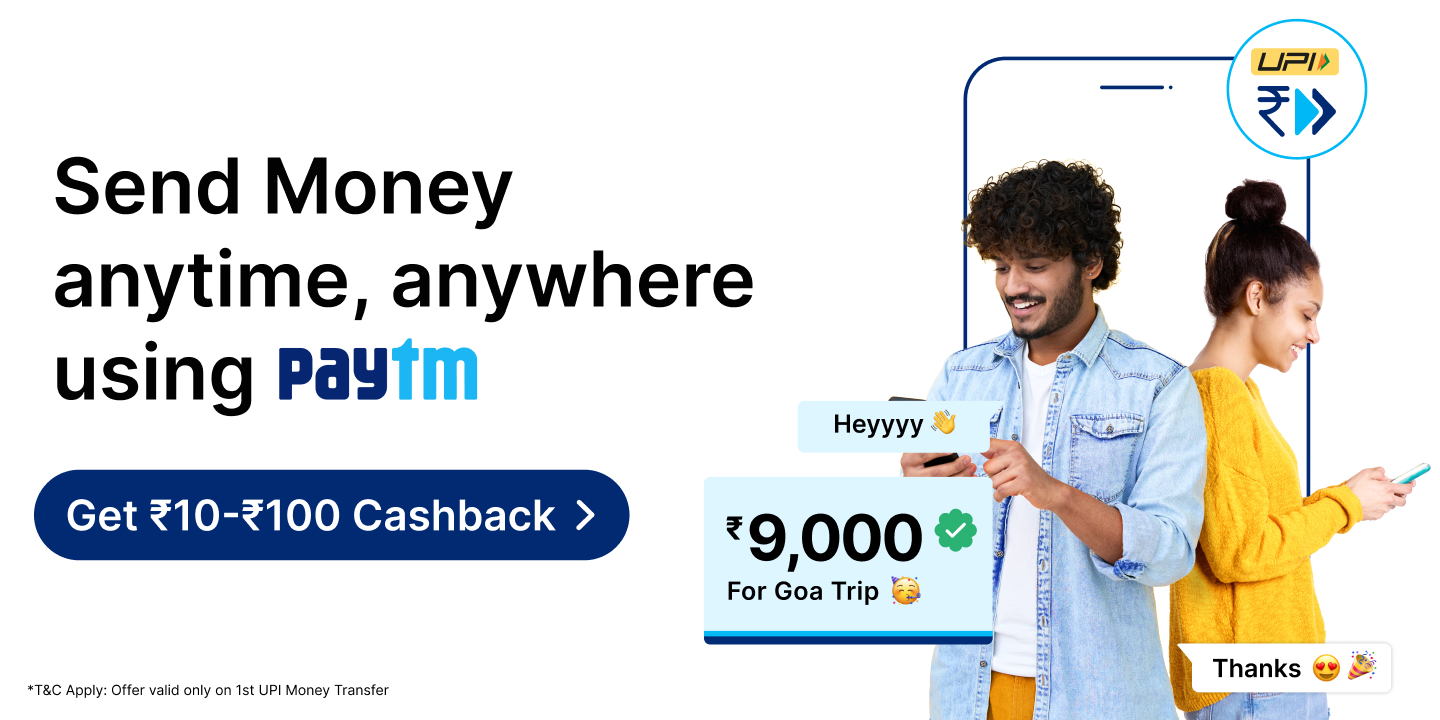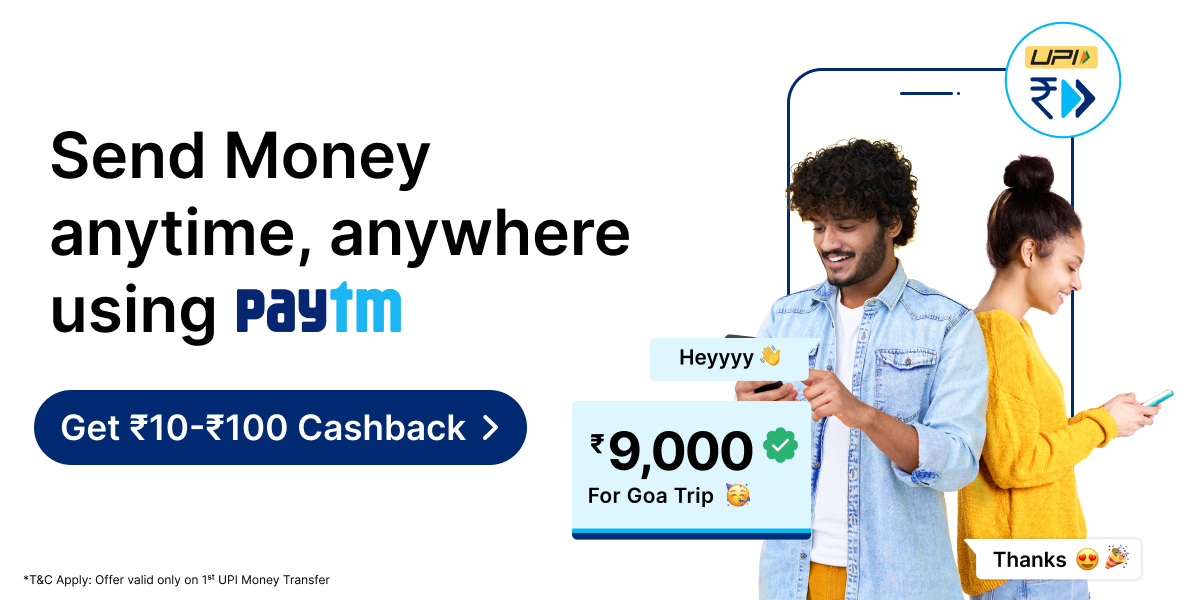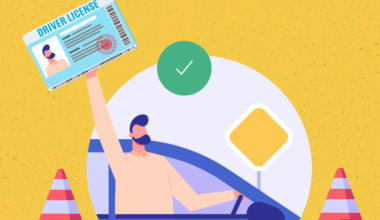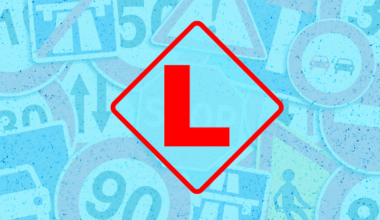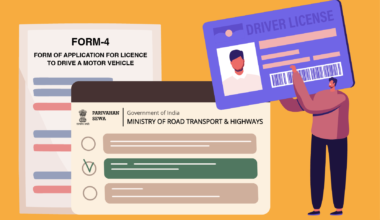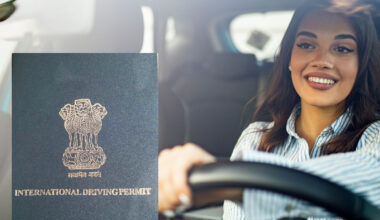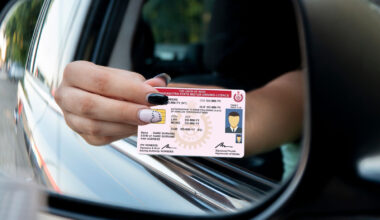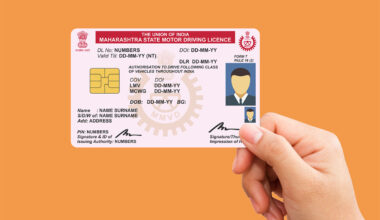A driving license, also known as a driver’s license, is the official document that permits individuals to operate a motor vehicle legally. To obtain this vital document, you must pass the Driving License Test. These driving licence test questions evaluate your knowledge of road rules, safety guidelines, and your ability to handle a vehicle.
Preparing for the Driving License Test or RTO exam requires practicing DL (Driving License) Test Questions. These questions are designed to test your understanding of traffic laws, road signs, and safe driving practices. They are essential for ensuring that you are a responsible and capable driver on the road. So, if you’re aiming to get your driver’s license, make sure to practice DL Test Questions to increase your chances of success.
How Is Driving License Different From Learning License?
A DL (Driving License) and a LL (Learning License) serve different purposes and have distinct characteristics:
Purpose:
- LL (Learning License): A Learning License is a provisional permit that allows individuals to practice driving under certain restrictions and supervision. Its primary purpose is to enable new or inexperienced drivers to learn and gain practical driving experience while adhering to learner driver rules.
- DL (Driving License): A Driving License is an official document that permits individuals to operate a motor vehicle independently, without restrictions, once they have met the legal requirements and passed the necessary tests.
Restrictions:
- LL (Learning License): Learning License holders are subject to various restrictions, such as needing a licensed driver in the vehicle while driving, displaying ‘L’ plates, and often having limited hours for driving practice. These restrictions vary by location and may change as the driver gains experience.
- DL (Driving License): A full Driving License typically does not come with restrictions like those of a Learning License. Drivers with a DL can operate a vehicle without supervision, and they are subject to the standard rules of the road.
Testing and Requirements:
- LL (Learning License): Obtaining a Learning License usually involves passing a written test that assesses knowledge of road rules and safety. Some places may also require a practical driving test.
- DL (Driving License): To obtain a full Driving License, individuals must typically pass a practical driving test. The practical test evaluates the ability to drive safely and confidently.
Duration:
- LL (Learning License): Learning Licenses are temporary and often have a limited validity period (6 months), after which they need to be upgraded to a full Driving License.
- DL (Driving License): A full Driving License is typically valid for a more extended period, which varies by location but is often renewed periodically.
FAQs About Driving Licence Test Questions
What are the driving exam questions required for obtaining a driving license in India?
To obtain your driving license in India, you must successfully complete two tests – a written test and a practical one. The written test can be taken once you reach the age of 18, and upon passing it, you receive a learner’s license. After passing the written test, you must wait for a month before you’re eligible to take the practical driving test. The learner’s license is valid for six months, during which you can practice your driving skills under certain restrictions. Passing both tests is a crucial requirement to obtain a full-fledged driving license in India.
What is the eligibility to get a DL in India?
Individuals who are Indian citizens and are at least 18 years of age are eligible to apply for a permanent driving license.
Is it mandatory to receive driving training from a motor driving school?
No, it is not mandatory for private or non-commercial vehicles. However, for commercial vehicles, it is a requirement, as the Motor Driving School must issue Form No. 5 for obtaining a commercial driving license.
Who qualifies for a permanent driver’s license?
- Applicant must have a valid learner’s permit.
- Second, applicant should apply for a permanent license within 30 to 180 days from the day they get their learner’s permit.
- Lastly, it is important for an applicant to know how vehicles work, know how to drive, and be familiar with traffic rules and regulations. This knowledge is essential for obtaining a permanent driver’s license.
Is the Indian RTO driving test hard?
The difficulty of the Indian RTO driving test can vary from person to person. It depends on several factors, including your level of knowledge and preparation. The written portion of the test assesses your understanding of road rules, traffic signs, and safe driving practices. If you’ve studied and are well-prepared in these areas, you’re more likely to find the test manageable.
The practical driving test evaluates your ability to drive safely and confidently. Your experience and skill level in driving will play a significant role in determining how challenging this test feels. Those who have had extensive practice and training might find it easier to pass.
It’s worth noting that the specific rules, regulations, and testing procedures may differ by state or region in India. Therefore, it’s important to be well-versed in the local requirements and expectations for the driving test in your area.
What is the process and criteria for obtaining a permanent driver’s license?
Your documents will be thoroughly reviewed, and you will then be required to undergo a driving test. You must bring your vehicle for the test and pay the necessary fee.
What is the minimum age for obtaining a driver’s license in India?
In India, the minimum age for a driver’s license is 16. You can apply for a provisional driving license at this age, which permits you to operate a moped or a gearless motorcycle. For driving a car or any motor vehicle other than a transport vehicle, the minimum age is 18. With an “All India Permit,” the licensee can drive throughout the country.
What is the validity of DL in India?
- For a private vehicle (non-transport), the initial validity of a DL is typically 20 years from the date of issue or until the license holder turns 50 years old, whichever comes first. After that, the license needs to be renewed periodically, often every 5 years.
- For a transport vehicle (commercial), the initial validity of a DL is generally 3 years. Subsequent renewals may be required every 3 years.
How many attempts are allowed for RTO driving test in India?
In India, you are typically allowed three attempts to pass the driving test. If you do not pass the test after three attempts, you may need to restart the licensing process.
What happens if I fail RTO driving test in India?
If you fail the driving test in India, you can typically apply for a re-test after waiting for 7 days. This waiting period is an opportunity to improve your driving skills and correct any mistakes you made during the previous test. It’s essential to use this time to practice and gain the necessary confidence to pass the test on your next attempt.
What DL test questions are asked in driving licence test in India?
The process to get an RTO driving license involves two main phases.
First, there’s the Learning License Test, which includes a written exam. This test checks your knowledge of road rules, traffic signs, and safe driving practices. Passing this written exam earns you a learner’s license.
Second, for the permanent driving license, you’ll need to take a practical driving test. During this phase, your actual driving skills are assessed on the road. Passing this practical test qualifies you for a full driving license.
Can I drive immediately after passing my test in India?
Yes, in India, once you successfully pass your permanent driving test, which includes answering driving exam questions, and obtain your permanent driver’s license, you can drive immediately without the need for supervision or additional restrictions. A permanent driver’s license grants you the full privilege to operate a motor vehicle without any time constraints or learner-specific conditions. However, you are expected to abide by all traffic rules and regulations and drive responsibly to ensure the safety of yourself and others on the road.
Are automatic cars allowed for the driving test in India?
Yes, in India, you can use an automatic car for your driving test, and if you pass, you’ll get a license to drive both automatic and manual vehicles, provided you also pass the driving license test questions. However, rules can change, so it’s best to check with your local Regional Transport Office (RTO) for the latest information.
Can I get driving licence without test in India?
Yes, it is now possible to obtain a driving licence in India without having to undergo the mandatory RTO exam test. Accredited driver training centres offer this alternative. However, it’s crucial to stay updated with the latest regulations, as procedures can change.
What is the waiting period for receiving a driving license after passing the test?
You’ll get your driving license on the same day you pass your test, so there’s no waiting period. Your fingerprints and photos will be taken, and your application will be kept at the zonal office for records
Where should I go to apply for a permanent driver’s license?
You should visit your local Zonal Office of the Licensing Authority to apply for a permanent driver’s license. These zonal offices are the designated places for handling such applications.
How should I get ready for the driving test?
In preparation for the driving test, it’s essential to not only have good driving skills but also be proficient in maneuvering your vehicle in crowded areas. The theoretical part of the test will involve your ability to recognize road signs, answer basic questions about vehicle components, and understand signals, sensors, and indicators of the vehicle system. So, practice your driving skills and study these aspects to ensure you’re well-prepared.
Can my driving instructor come with me for the test?
No, your driving instructor cannot accompany you for the test. An Inspector from the Transport Department will assess your driving skills, and you must provide your own vehicle for the driving test within the same category of the license you are applying for.
What happens if you don’t pass your RTO driving test on your first attempt in India?
If you don’t pass your driving test on your first try, you can apply for a re-test after waiting for a period of 7 days. It’s a good opportunity to use this time to improve your skills and correct any mistakes you made during the initial test.
How can I get driving license in India?
Step 1 : Go to the website https://sarathi.parivahan.gov.in/
Step 2 : Choose your respective state
Step 3 : Click on “New Driving Licence” under the “Driving Licence” menu
Step 4 : Provide your “Learning License Number” and “Date of Birth” to continue
Step 5 : Complete the application form
Step 6 : Click the “Next” button to move forward
Step 7 : Visit the Regional Transport Office (RTO) on the scheduled date with your original documents and the fee slip.
In conclusion, practicing driving license test questions is an essential step toward ensuring road safety and responsible driving. These practice questions not only help individuals prepare for their driving tests but also reinforce their knowledge of traffic rules, signs, and safe driving practices. By taking the time to practice DL test questions, aspiring drivers can increase their confidence and readiness to navigate the roads, promoting safer and more responsible driving habits for everyone on the highways and streets.


